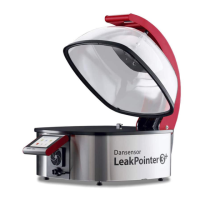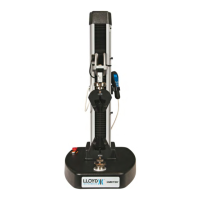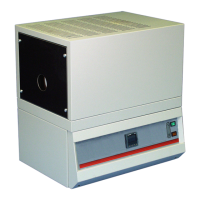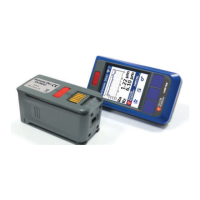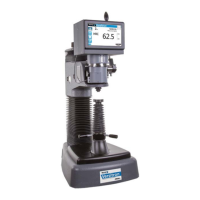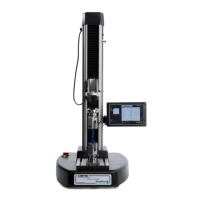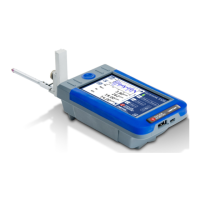41
OPERATION MANUAL
© AMETEK, Inc.
Please use the 2 mL sample cup to simulate EN ISO 3679/3680 rapid equilibrium
flashpoint tests.
8.2.7 ASTM D93B / ISO 2719B Correlation Method (Pensky Martens Closed Cup)
This method can be used for fuel oils, cutback residuals, used lubricating oils and other viscous petroleum mixtures. It
is based on ASTM D7094 with slightly different settings.
The ASTM D93B Correlation Method can easily be programmed into the MINIFLASH FP(H) VISION analyzer.
8.2.8 ASTM D93C Correlation Method (Pensky Martens Closed Cup)
This method can be used for Biodiesel (FAME, B100) flash point determination.
8.2.9 ASTM D56 Correlation Method (TAG Closed Cup)
This method can be used for low viscous liquids. Typically it is used for jet fuels.
8.2.10 ISO 13736 / IP 170 Correlation Method (ABEL Closed Cup)
This method can be used for flash points up to 70°C.
A comparison between ASTM D7094 and ISO 13736 / IP 170 revealed a close correlation of results:
8.2.11 Performing FLASH/NO-FLASH tests
MINIFLASH FP(H) VISION is also used to do fast and simple FLASH/NO-FLASH tests. The principle is to test samples if
they are in a limit of permitted flashpoints less than knowing the true flashpoint. The limit is set by the user.
FLASH/NO-FLASH tests can be performed with the preinstalled correlation methods for EN ISO 3680, ASTM D3828
Method A, IP 524 or by adjusting the flashpoint limits when using the methods ASTM D6450 or D7094, respectively.
Example: Transport safety of flammable liquids
For all tested samples, the flashpoints must be above a specified limit e.g.: 80°C (176°F)
The sample is filled into the cup and put into the instrument. The instrument is regulated to the start temperature
e.g.: 80°C (176°F). The sample cup is elevated to the heating device and a temperature equilibrium is started. That
means the sample is getting the same temperature as the adjusted start temperature. An ignition is activated.
If no flashpoint appears at the first ignition at the limit of e.g.: 80°C (176°F) the sample is ok for our example and
therefore “NO-FLASH”. If a flashpoint is detected, the true flashpoint is somewhere below the limit of 80°C (176°F)
and therefore “FLASH”.
Sample ISO 13736 / IP 170 Average D7094 Average
Jet Fuel JP-8 48.2°C 46.3°C
Jet Fuel JP-5 63.3°C 63.3°C
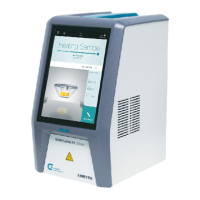
